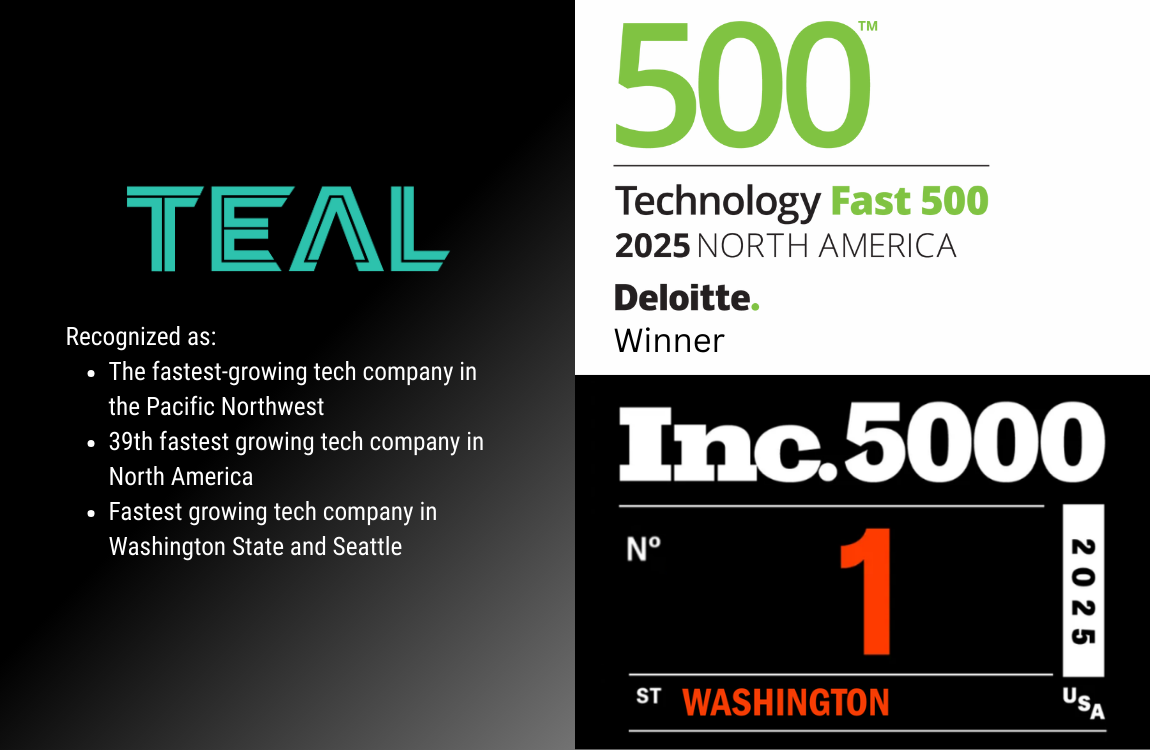The Role of Autonomous Robots and eSIM Technology in Modern Industries
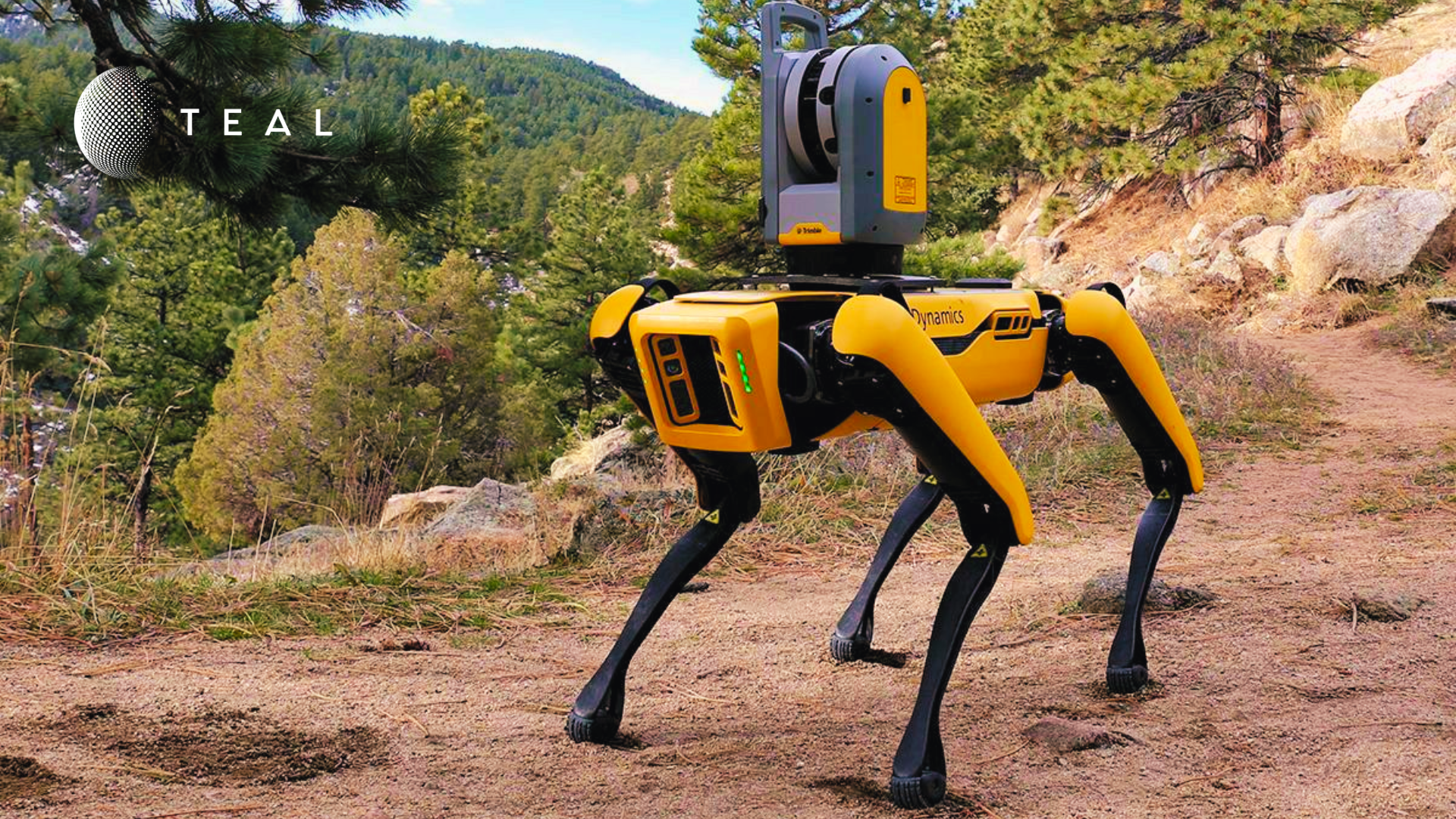
As technology advances, autonomous robots are becoming integral components across various sectors, including food and package delivery, agriculture, commercial cleaning, landscaping, military applications, manufacturing and more. These robots are revolutionizing the way we work by making tasks easier, faster, and more efficient. Central to their seamless operation is reliable cellular connectivity. Increasingly, companies are turning to eSIM technology to ensure their robots remain connected, cost-effective, and operationally streamlined.
Autonomous Delivery Robots
Autonomous delivery robots have already made significant inroads into various environments, from college campuses to urban cities. These robots deliver food, drinks, office supplies, and other items, demonstrating their versatility and efficiency.
Leading Examples
Starship Technologies: Starship is a pioneer in the autonomous delivery space, especially on college campuses. Their robots complete thousands of deliveries daily across the US and EU. Starship relies on eSIM technology from TEAL to maintain robust connectivity for their fleet of autonomous robots.
Ottonomy and Mobinn: Other leaders in this space include, Ottonomy, a fully autonomous robot that can deliver food & beverages, groceries, and packages to curbside, last mile, and even indoor environments. A new entrant, Mobinn, a Hyundai start-up, showcased its M3 delivery robot at CES 2024 in Las Vegas. This robot, with wheels capable of navigating stairs, won a CES Innovation Honoree Award in the robotics category.
Case Study: Starship Technologies
Starship Technologies is a prime example of a company successfully using eSIM technology. By partnering with TEAL, Starship ensures that its fleet of autonomous delivery robots remains connected, enabling seamless operations across multiple locations.
Commercial Cleaning and Janitorial Robots
The market for cleaning robots is experiencing rapid growth. The global cleaning robot market size was estimated at USD 4.19 billion in 2022 and is projected to grow at a compound annual growth rate (CAGR) of 22.9% from 2023 to 2030. These robots offer numerous benefits, including improved efficiency, productivity, scalability, reduced costs, and enhanced safety.
Leading Examples
Whiz by SoftBank Robotics: This robot vacuum cleaner is designed for large spaces like offices and airports. It ensures consistent and efficient cleaning, reducing the need for human intervention.
 Other examples include Somatic, Richtech, and Avidbots (pictured above): These companies are leading the way with innovative robotic cleaning solutions that cater to various business needs.
Other examples include Somatic, Richtech, and Avidbots (pictured above): These companies are leading the way with innovative robotic cleaning solutions that cater to various business needs.
Agricultural Robots Improving Farming
In agriculture, robots have become invaluable assets, increasing efficiency and reducing labor costs. These robots can plant seeds with precision, monitor soil quality, and even eliminate weeds using advanced technologies.
Leading Examples
- Tevel Flying Autonomous Robots: These robots are revolutionizing fruit harvesting with their ability to pick fruits with minimal bruising, ensuring high-quality produce.
- Carbon Robotics: This company produces AI-powered robots that use lasers to precisely identify and eliminate weeds. Their technology reduces the need for herbicides and manual labor, enhancing overall farming efficiency.
- John Deere and Caterpillar: These companies have developed self-driving tractors equipped with advanced sensors, GPS systems, and software to autonomously plant and harvest crops.
Autonomous Landscaping: Deploy the Lawnbots!
Gone are the days of manually mowing extensive lawns. Robotic lawn mowers, or lawnbots, are making lawn maintenance easier and more cost-effective.
Leading Examples
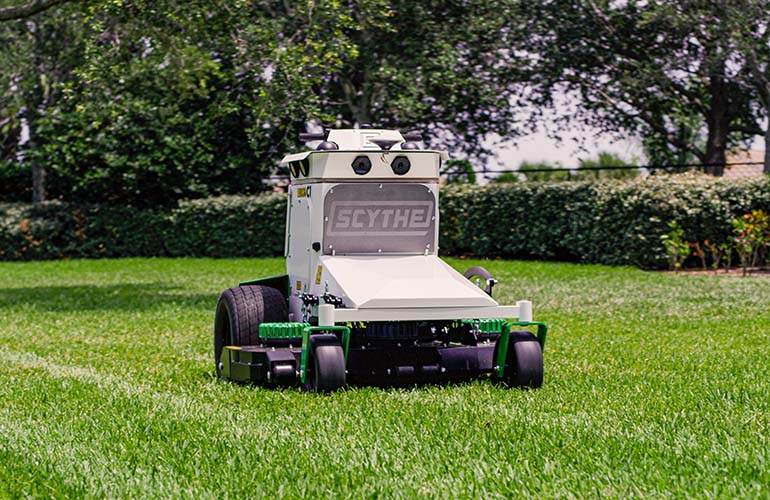
- Scythe (pictured above), NexMow, and Echo Robotics: These companies have developed advanced lawnbots that offer ease of use and efficiency. To ensure these lawnbots remain connected, many companies are adopting eSIM technology.
Autonomous Transportation
Autonomous vehicles are poised to become a common feature of our daily lives. From delivery vehicles to large trucks, the transportation sector is undergoing a significant transformation.
Leading Examples
 The Volvo VNL Autonomous Truck: A new self-driving truck — manufactured by Volvo and loaded with autonomous vehicle tech developed by Aurora Innovation — could be on public highways as early as this summer.
The Volvo VNL Autonomous Truck: A new self-driving truck — manufactured by Volvo and loaded with autonomous vehicle tech developed by Aurora Innovation — could be on public highways as early as this summer.
Udelv: This company has developed a cab-less battery electric vehicle (BEV) designed for multi-stop delivery routes. Their vehicles aim to reduce delivery costs and unlock new services for last- and middle-mile deliveries.
Manufacturing and Warehousing Robots
Manufacturing is another sector where autonomous robots are making a significant impact. These robots enhance productivity, safety, and quality by automating various processes.
Leading Examples
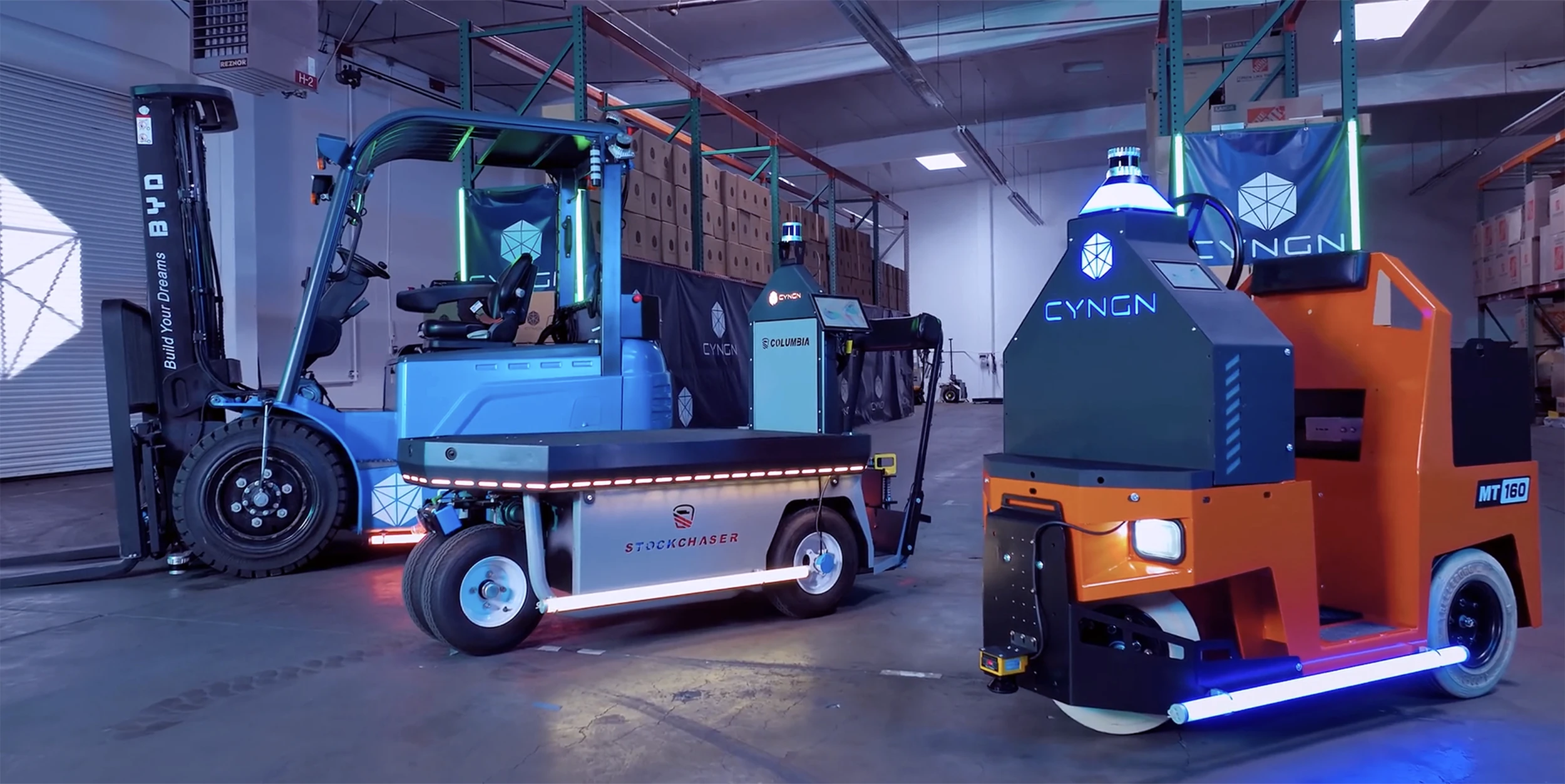
ABB and Cyngn: These companies are empowering manufacturing businesses with autonomous robots that streamline operations and increase efficiency.
Military Robots
Robotics and AI-powered technologies are transforming the landscape of the battlefield, introducing new possibilities and challenges. Autonomous robots are among the latest innovations bringing immense military benefits, including improved intelligence, reduced casualties, and increased speed and efficiency. Autonomous robot for warfare have a wide range of sizes and applications.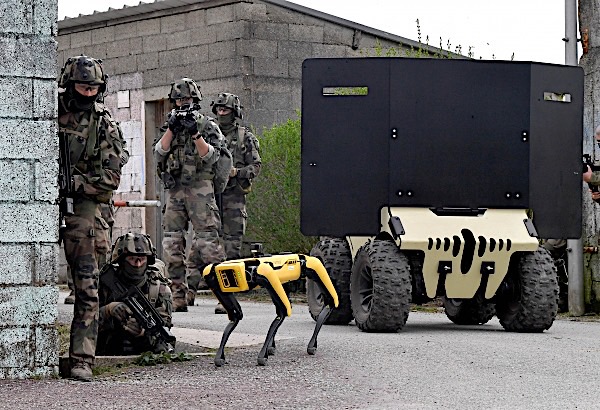
From the humanoid robots and Spot robots from Boston Dynamics to unmanned ground vehicles (UGVs) to the Small Unmanned Aircraft Systems (sUAS) like FLIR’s Black Hornet (the Military’s stealthy pocket-sized recon drone) and other SWARM micro robots, are proving to have an impact in theater. A common thread among these mission critical autonomous robots is the need for high performance network connectivity.
The Importance of eSIM Technology
As autonomous robots become more prevalent, the need for reliable cellular connectivity becomes critical. eSIM technology offers several advantages over traditional SIM cards, making it the preferred choice for many companies.
Benefits of eSIM Technology
- Flexibility: eSIMs can be remotely provisioned and managed, allowing for easy switching between cellular networks without the need to physically replace the SIM card.
- Cost-Effective: eSIMs reduce the costs associated with traditional SIM cards, such as logistics and physical handling. eSIMs also reduce the complexities associated with managing multiple connectivity providers and SIM SKUs. eSIM technology also reduces costly roaming charges.
- Compatibility: eSIMs from TEAL are available as a Standard 2FF/3FF/4FF that works with any IoT device that accepts a SIM card or Embedded MFF2 that can be physically embedded onto the motherboard of a device. Order here.
- Reliability: eSIMs provide robust and reliable connectivity, ensuring that autonomous robots remain operational and efficient.
Autonomous robots are transforming various sectors by making tasks more efficient, cost-effective, and reliable. As these robots become increasingly integrated into our daily lives, the importance of reliable cellular connectivity cannot be overstated. eSIM technology is emerging as the go-to solution for companies looking to keep their robots connected and operational.
For those looking to explore the potential of eSIM technology for their autonomous robots, now is the perfect time to take action. True eSIM from TEAL can connect your robots onto any global network on-demand. This provides greater flexibility in terms of mobility and allows companies to operate anywhere in the world with ease. Only TEAL can give provide your business with native core connectivity onto America’s tier-1 carriers (AT&T, T-Mobile, Verizon, US Cellular) as well as thousands of networks worldwide. By understanding and leveraging eSIM, companies can stay ahead of the curve and drive innovation in their respective industries.
Discover how TEAL can help you achieve seamless connectivity and operational efficiency.
Schedule a Meeting with a Teal Expert
Recent Posts
CES 2026: The Connected Future, Through TEAL’s Lens
Teal Communications Staff2025-12-18T18:58:56+00:00
The Fastest Growing Company in the PNW isn’t an AI Startup… it’s TEAL
Teal Communications Staff2025-12-10T20:43:23+00:00
The Sky is the New Cell Tower: Satellites Are Reshaping the MNO Landscape
Teal Communications Staff2025-12-09T21:28:24+00:00


